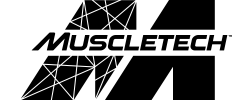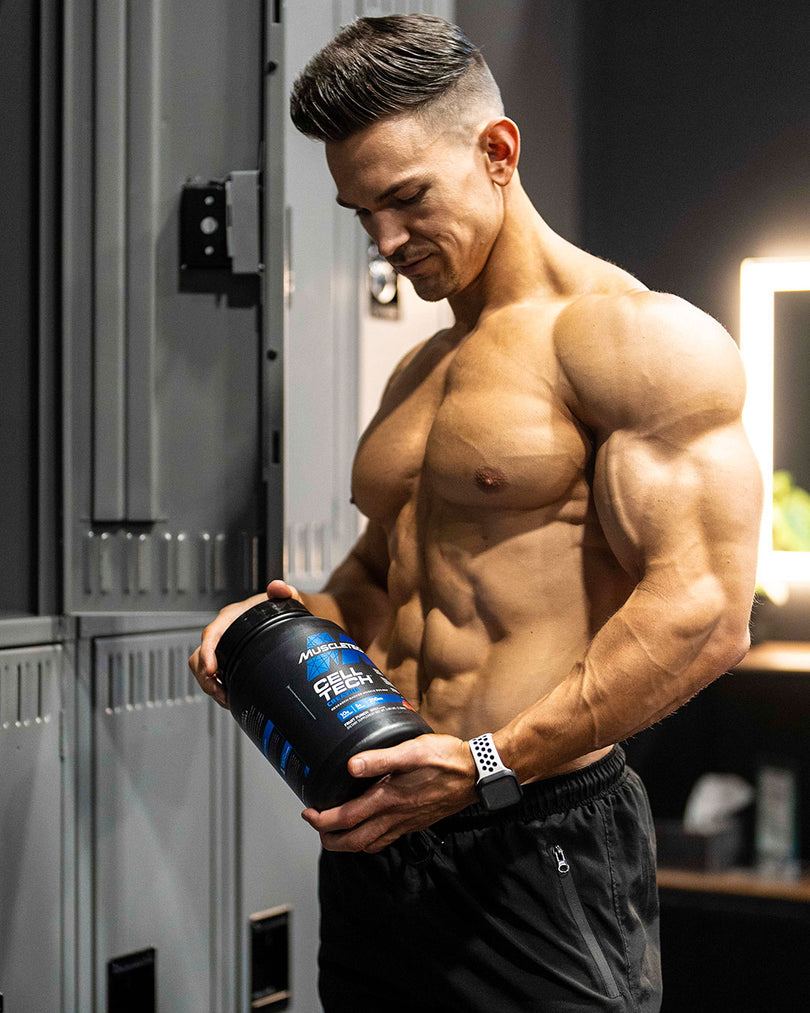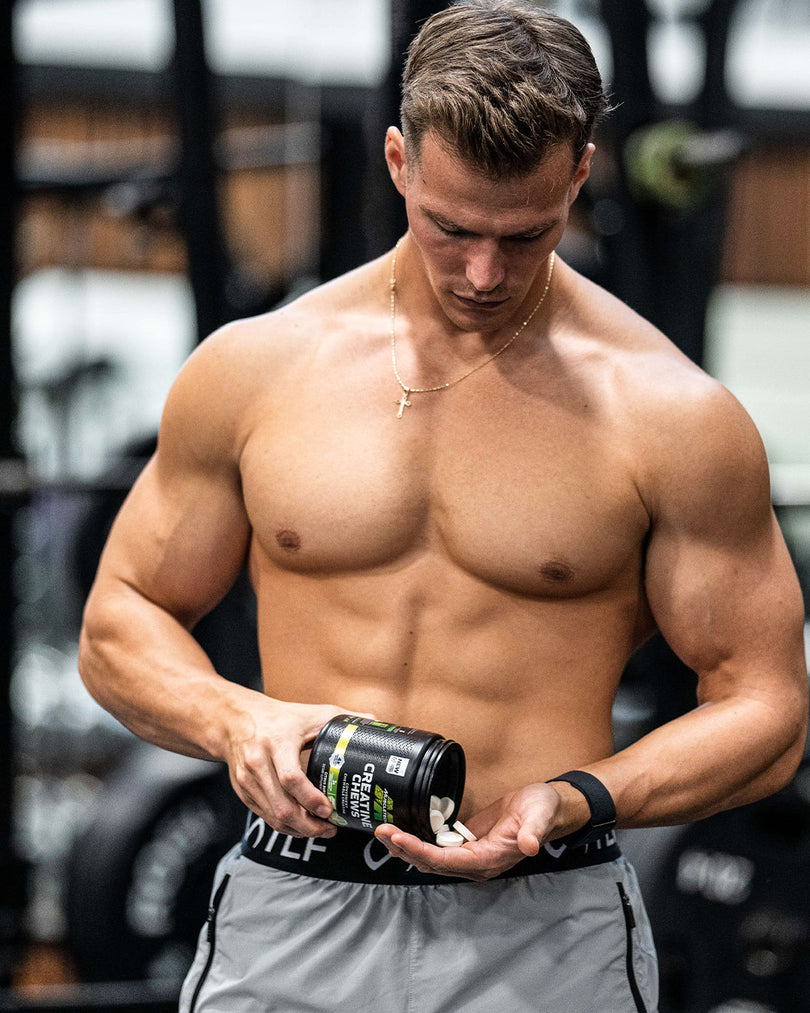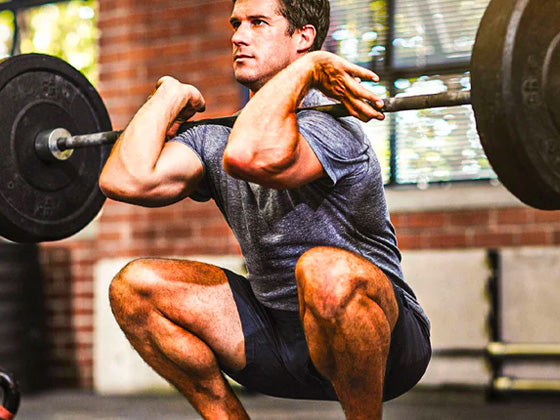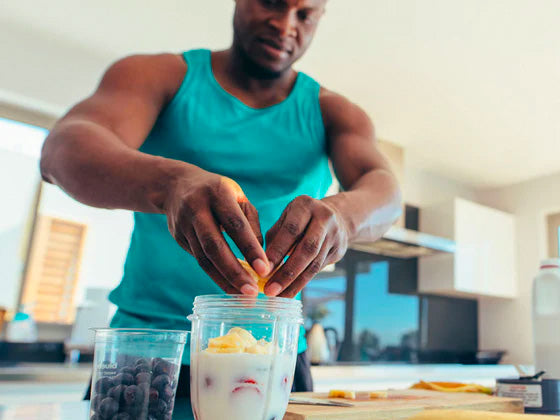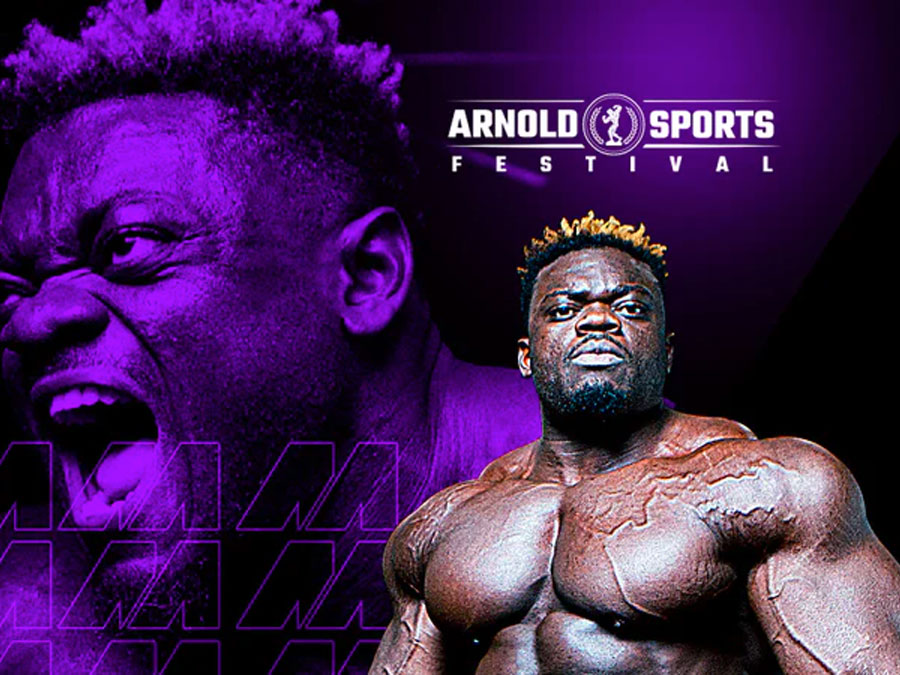By MuscleTech Strength Coach John Porter Jr.
There are a lot of hybrid workout programs out there. Coaches, trainers, athletes, and general fitness enthusiasts are constantly trying different programs together in hopes of cracking the code to achieving fantastic results. Unfortunately, just like using a flathead screwdriver on a Phillips head screw, a lot of the methodologies out there just don’t work perfectly together.
It’s important to consider the ramifications of combining certain methodologies—a lot of which has nothing to do with what the athlete is training for. For example, using an endurance-based program with the expectation of sprinting the 100-meter dash faster is futile, yet people try and wonder why the results aren’t coming.
Long story short: If we combine methodologies in hopes of achieving amazing results, the methodologies in question have to gel; they have to blend. The objective/rationale of each has to be similar, if not identical. Just as peanut butter complements jelly, so must the methods and principles in question.
Table of content
What Is PowerBuilding?
Powerlifting essentially focuses on enhancing maximal strength and power production through the sport’s three core lifts: squat, deadlift, and bench press. Within competition, an athlete is tested on the three lifts and is given three attempts at each to attain the best/highest weight. The highest amount of weight lifted in each of the exercises are combined to create a total score to declare a winner.
Bodybuilding involves use of resistance exercises (including the “Big 3” within powerlifting) designed to target specific muscle groups with the goal of attaining muscle hypertrophy for aesthetic purposes. Whether your goal is fat loss, general performance, or to address functional imbalances, the nuances of bodybuilding can be used to address them.
PowerBuilding consists of the intelligent and purposeful combination of the best of powerlifting and bodybuilding into a methodology all its own. Done right, PowerBuilding can help you achieve both your strength, hypertrophy, and aesthetic goals in a way that surpasses pure powerlifting or bodybuilding protocols.
Fundamental Powerbuilding Principles
Powerbuilding merges the best of powerlifting and bodybuilding to help you develop dense muscle mass and raw strength for lifting heavy weights.
1. Prioritizing Core Lifts
At the heart of powerbuilding are the primary powerlifting movements: the squat, bench press, and deadlift. Regularly incorporating these compound, multi-joint exercises into your routine engages numerous muscle groups, resulting in significant overall fatigue and power development.
Consider the difference between barbell squats and leg extensions. Both target your quadriceps, but the experience is vastly different. Performing a 10-rep max on leg extensions leaves you sore, whereas a 10-rep max on squats can be utterly exhausting. Any seasoned lifter will attest that doing 10 squats in a row feels like a sprint—a stark reminder of the sheer effort involved in such a demanding exercise.
2. Compound Movements and Full-Body Engagement
The barbell squat’s impact extends far beyond the quadriceps. This exercise engages the knee and hip joints, places a load on your upper back, and requires core stabilization through isometric contraction. This comprehensive muscle recruitment is far more effective than isolated movements like leg extensions.
Powerbuilding emphasizes these multi-joint strength exercises that challenge your entire body. They are the cornerstone of building foundational strength, as suggested by the "powerlifting" component of powerbuilding.
3. The Role of Isolation Exercises
Isolation exercises are also crucial in powerbuilding. After fatiguing your muscles with heavy compound lifts, you transition to the bodybuilding phase of the workout. This phase involves pushing your muscles further through timed rest intervals, tempo-based movements, and varying angles to thoroughly target all muscle fibers.
Simply performing standard dumbbell curls won’t transform your arms from slender to robust. Effective bodybuilding involves varied movements, angles, and tempos. You might start with dumbbell bicep curls, then move to eccentric preacher curls with a different grip, followed by incline hanging curls with a neutral grip.
4. Optimizing Muscle Growth
Changing grip and tempo alters the focus on your biceps, optimizing muscle growth. The bodybuilding portion of your workout aims to maximize hypertrophy, complementing the foundational strength work. Incorporating these principles ensures a comprehensive approach to athletic development, enhancing both strength and muscle size.
How Do I Piece It Together?
- The squat, bench press, and deadlift are the foundation of an efficient PowerBuilding program.
- The best approach (based on availability) is to have max effort/low rep range days to focus on overall strength development of the muscles as well as the CNS and a dynamic effort/low to moderate rep range days to focus of rate of force production. Move the bar or implement as fast as you can within the prescribed range of motion.
- Create an accessory/axillary/assistive segment that encompasses the objectives and rationales within powerlifting and bodybuilding. The main objective of an accessory segment is to address one limiting factor or need that could inhibit the person’s progress, albeit functional or aesthetical. Within each sport, you will inevitably discover limiting factors that can inhibit your development. The limiting factor could be aesthetic, thus preventing you from realizing the body you want. It could be the function of a particular muscle that prevents you from lifting the amount of weight you know you could within the Big 3. The selection, intensity, and intent of each exercise is crucial and must not be taken lightly.
Sample PowerBuilding Program
Day 1:
- Back Squat: Find 5RM
- Press: 4 × 8
C1. Dumbbell Scaption: 3 × 12
C2. GHD Lower Back Extension: 3 × 12
D1. Seated Leg Extension: 3 × 10
D2. Romanian Deadlift: 3 × 10
Day 2:
Deadlift: Find 5RM
Pull-Up: 3 × max reps
C1. Dumbbell Shrug: 4 × 8
C2. Straight-Arm Pull-Down: 4 × 12
C3. Dumbbell Shrug on Incline Bench: 4 × max reps
Day 3: OFF
Day 4:
Bench Press: Find 5RM
Back Squat: 5 × 5 @ 80% of 5RM
C1. Bulgarian Split Squat: 3 × 10 (each leg)
C2. Chest-Elevated Push-Up: 3 × max reps
C3. Heels-Elevated Goblet Squat: 3 × 10
C4. Floor Chest Fly: 3 × max reps
Day 5:
A1. Barbell Biceps Curl
A2. Seated Overhead Triceps Extension
B1. Barbell Front Raise: 3 × 12
B2. Banded Lateral Raise: 3 × 12
B3. Dumbbell Rear Delt Fly on Incline Bench: 3 × 12
